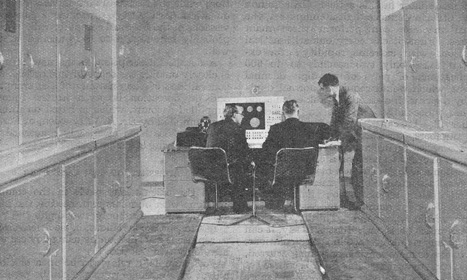A steam fire engine tearing down the streets was a spectacular and unusual sight in Victorian Britain. It took a few decades before the invention, with a history dating back to 1829, gained public favour. However, once it did, fierce competition broke out between the companies Messrs Merryweather and Sons, and Shand Mason and Co.

In The Engineer’s archives, an article about Merryweather and Sons’ entry of a steam fire engine at the International Exhibition of 1862 in Hyde Park takes a look at some of its unique characteristics. ’The carriage consists of a strong wrought iron frame of a novel form, pivoted upon a wrought iron fore carriage, to prevent straining in passing over uneven roads; an arched recess in the side frames permits the locking of the fore carriage as may be required,’ said the report. ’The wheels are large, especially the hinder ones, and the carriage is hung upon springs so as to be well adapted for travelling.’
Register now to continue reading
Thanks for visiting The Engineer. You’ve now reached your monthly limit of premium content. Register for free to unlock unlimited access to all of our premium content, as well as the latest technology news, industry opinion and special reports.
Benefits of registering
-
In-depth insights and coverage of key emerging trends
-
Unrestricted access to special reports throughout the year
-
Daily technology news delivered straight to your inbox










Water Sector Talent Exodus Could Cripple The Sector
Maybe if things are essential for the running of a country and we want to pay a fair price we should be running these utilities on a not for profit...